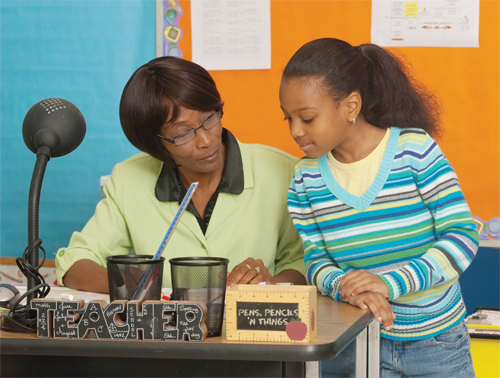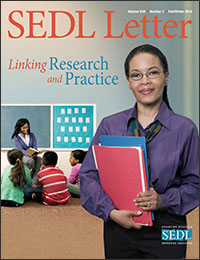Linking Research and Practice
The idea of using research and evidence to improve practice is not a new one. It has long been a driving factor in medicine, criminal justice, social services, and two of SEDL's key areas: education; and disability and rehabilitation. Indeed, moving research into practice served as part of the core mission when SEDL was created as a research organization nearly 45 years ago under the Elementary and Secondary Education (ESEA) Act. Today, as we move toward the reauthorization of the ESEA, researchers, policymakers, and education leaders continue to strive to help educators do “what works” so that students can achieve their full potential.
Educators face new challenges and opportunities in the area of research use. Legislation has called for educators to use scientifically based research in their practices and has outlined more rigorous guidelines for education research. At the same time, technology is making it easier for researchers to disseminate findings and for practitioners to access research, collect data, and use the information to guide decisions.
In this issue of SEDL Letter, we explore several ways that practitioners are using research and evidence to inform their work. This includes a look at what researchers themselves have learned about the use of education research over the past several years, two articles about how the use of data is shaping instruction, an overview of knowledge translation in SEDL's Disability Research to Practice program, and an interview with the Institute of Education Sciences' communications director, Tracy Dell'Angela.

Next Article: Research Update: The Current State of Research Use in Education

